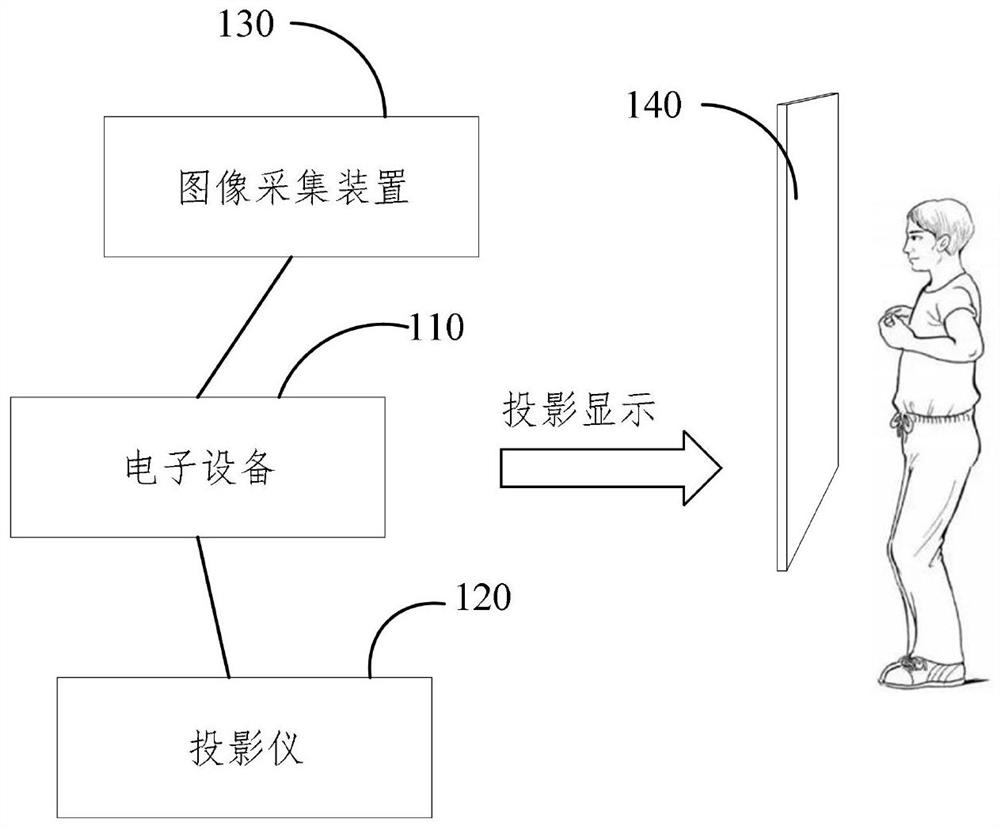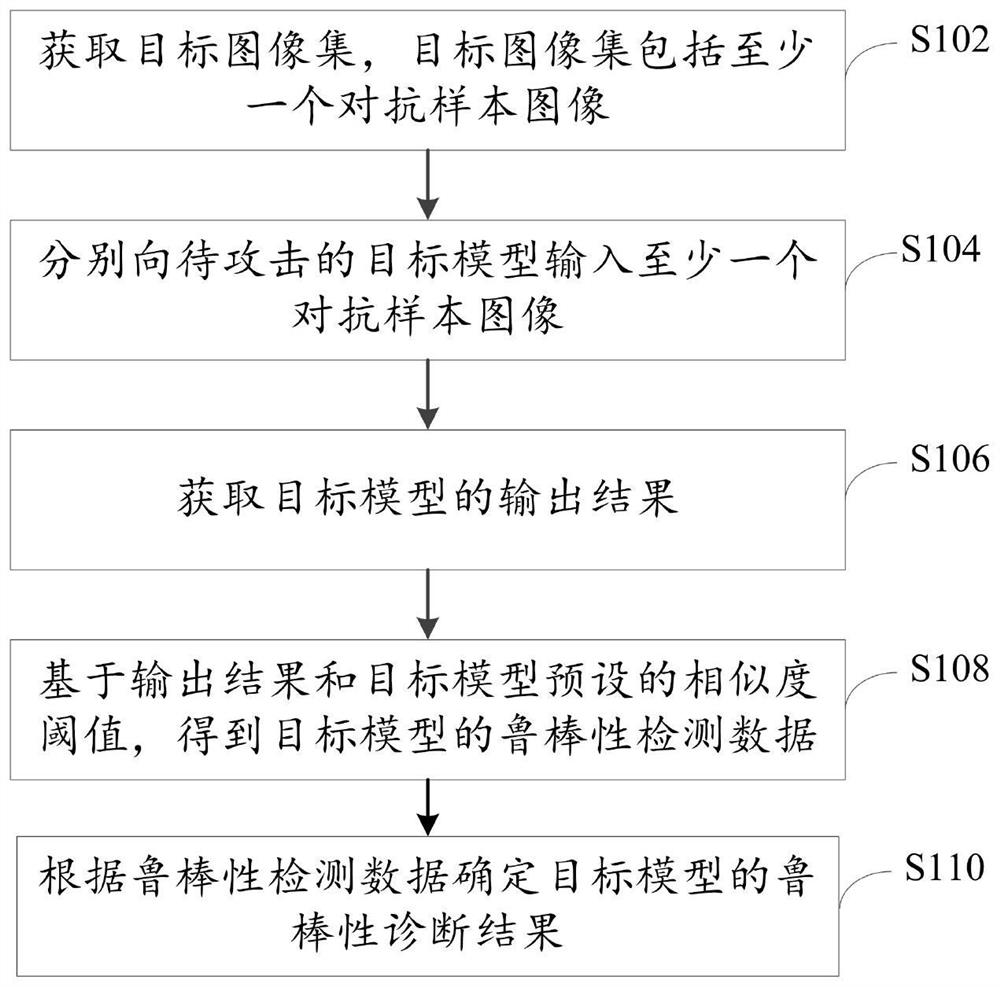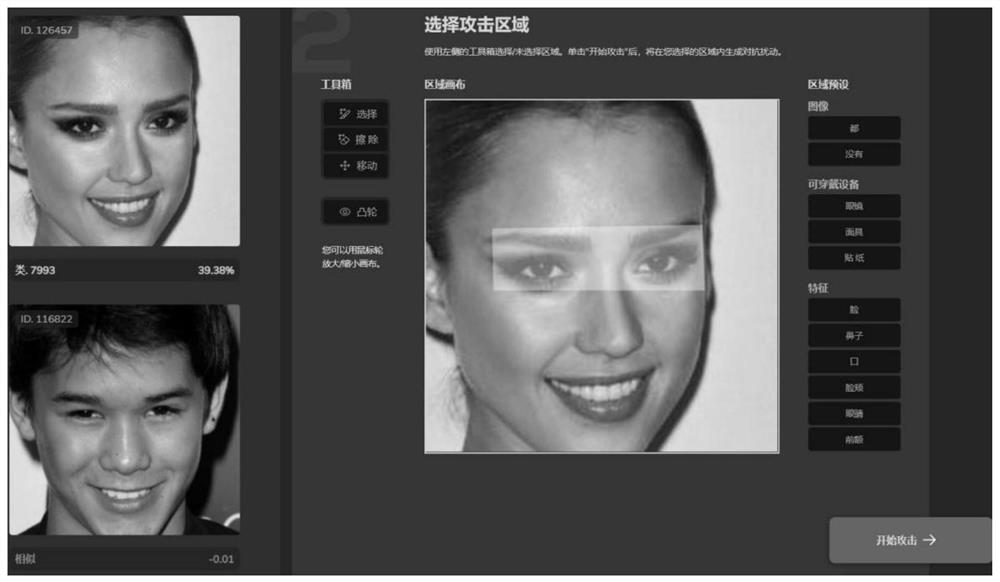Model robustness detection method and device, equipment and medium
A detection method and a robust technology, applied in the computer field, can solve problems such as lack of pertinence and interference, and achieve the effect of facilitating safety and reliability
- Summary
- Abstract
- Description
- Claims
- Application Information
AI Technical Summary
Problems solved by technology
Method used
Image
Examples
Embodiment Construction
[0029] In order to better understand the above purpose, features and advantages of the present application, the solution of the present application will be further described below. It should be noted that, in the case of no conflict, the embodiments of the present application and the features in the embodiments can be combined with each other.
[0030] In the following description, a lot of specific details have been set forth in order to fully understand the present application, but the present application can also be implemented in other ways different from those described here; obviously, the embodiments in the description are only a part of the present application, and Not all examples.
[0031] Deep neural networks are widely used in the field of computer vision to enhance deep learning models. Despite the continuous improvement in model performance, existing deep learning models are very unreliable in the face of adversarial examples (that is, inputs made with slight pe...
PUM
 Login to View More
Login to View More Abstract
Description
Claims
Application Information
 Login to View More
Login to View More - R&D
- Intellectual Property
- Life Sciences
- Materials
- Tech Scout
- Unparalleled Data Quality
- Higher Quality Content
- 60% Fewer Hallucinations
Browse by: Latest US Patents, China's latest patents, Technical Efficacy Thesaurus, Application Domain, Technology Topic, Popular Technical Reports.
© 2025 PatSnap. All rights reserved.Legal|Privacy policy|Modern Slavery Act Transparency Statement|Sitemap|About US| Contact US: help@patsnap.com



